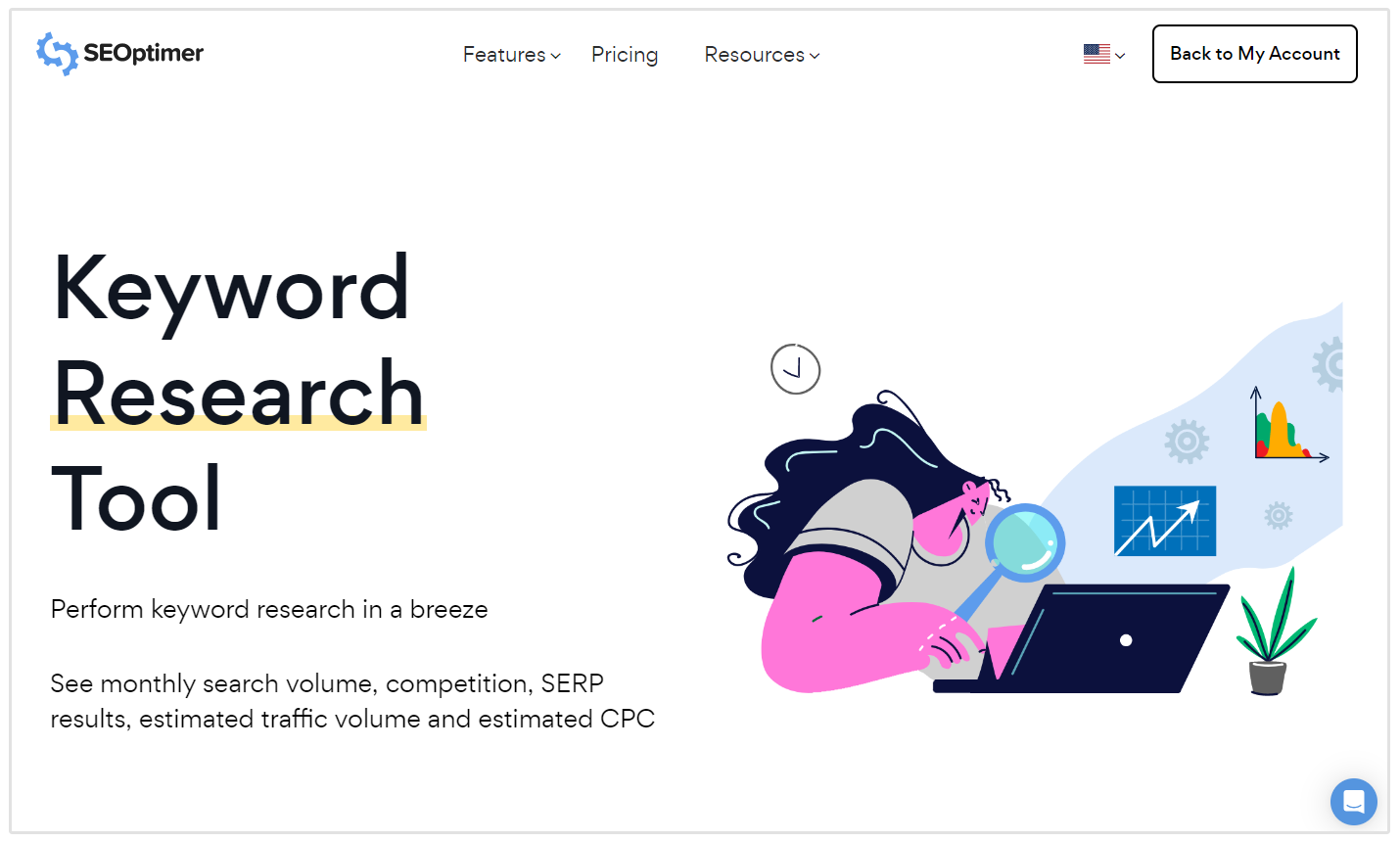Unveiling the Impact of Additional Dimension in Google Analytics on Information Evaluation and Insights
In the realm of information analytics, the utilization of second dimensions within Google Analytics has become a critical tool for extracting much deeper understandings and unraveling facility patterns that may or else stay covered. By peeling back the layers of main information collections, additional measurements use a nuanced point of view that enriches the understanding of customer habits, web site performance, and the efficiency of marketing techniques. Nonetheless, real influence and untapped potential of second measurements are frequently taken too lightly, overshadowed by the appeal of main metrics. As we navigate through the detailed landscape of information analysis, the importance of secondary dimensions ends up being significantly noticeable, losing light on important information that hold the secret to informed decision-making and strategic optimizations.
Exploring the Principle of Additional Dimensions
Secondary measurements in Google Analytics provide extra understandings by allowing users to analyze main information in combination with a second characteristic. By incorporating secondary dimensions, users can delve much deeper right into the data and discover important correlations that could or else go undetected - what is a secondary dimension in google analytics.
Recognizing the principle of second dimensions is important for maximizing the potential of Google Analytics. It permits users to sector information successfully, determine patterns, and make educated choices based on an extra full image of their analytics data. By checking out the numerous second dimensions readily available in Google Analytics, customers can open new insights and enhance their digital marketing efforts. Fundamentally, second measurements work as a powerful tool for improving data analysis and driving workable outcomes.
Enhancing Information Analysis With Additional Dimensions
Having actually developed the foundational understanding of secondary measurements in Google Analytics and their critical role in information evaluation, the focus now changes in the direction of leveraging these secondary credit to improve the analysis of analytics information (what is a secondary dimension in google analytics). By incorporating secondary measurements right into data analysis, analysts can acquire much deeper understandings right into individual habits, website performance, and advertising effectiveness

In addition, additional dimensions assist in contextualizing key data metrics by giving added layers of info. This contextualization aids in comprehending the 'why' behind the data fads, aiding analysts make educated optimizations and choices to improve overall efficiency. Eventually, integrating second measurements enriches the data analysis procedure, bring about more tactical activities and meaningful insights.
Uncovering Hidden Insights With Additional Dimensions
Exploring the depths of analytics information with additional measurements discloses useful insights that would certainly otherwise continue to be obscured. By including second measurements in Google Analytics, businesses can discover concealed patterns, trends, and connections that offer browse around these guys a more comprehensive understanding of user behavior and website efficiency. These additional layers of information permit experts to dig much deeper right into the main measurements, such as website traffic resources or landing web pages, and obtain a more nuanced point of view on exactly how different variables engage with each various other.
Through the use of secondary measurements, analysts can sector and compare information throughout different measurements, enabling them to recognize particular variables that affect customer engagement, conversion prices, and overall success metrics. By matching the main measurement of 'gadget classification' with the secondary dimension of 'age group,' marketers can pinpoint which age demographics like accessing the website through mobile tools versus desktops.
Leveraging Additional Measurements for Actionable Analytics
Building upon the understandings introduced through secondary measurements in Google Analytics, businesses can now harness this enriched information landscape to drive actionable analytics and calculated decision-making. By leveraging additional measurements, organizations can dig much deeper right into their information to extract beneficial patterns, trends, and correlations that may have formerly gone undetected. This much deeper level of analysis makes it possible for businesses to get an extra comprehensive understanding of individual habits, campaign efficiency, and total site performance.
One key benefit of utilizing additional dimensions for actionable analytics is the capacity to section data based on certain criteria. This segmentation enables businesses to tailor their methods and campaigns to different audience teams, leading to more targeted and reliable marketing efforts - what is a secondary dimension in google analytics. In addition, secondary dimensions offer an even more holistic view of user communications, enabling services to enhance their web site content, design, and general customer experience
Taking Full Advantage Of Decision-Making With Additional Dimensions
To boost tactical decision-making in analytics, leveraging secondary measurements in Google Analytics can give a much more nuanced perspective on individual behavior and campaign efficiency. By integrating additional measurements into information analysis, businesses can dive much deeper into the specifics of their website site visitors' interactions and engagement patterns. This additional layer of information permits an extra extensive understanding of exactly how different variables, such as demographics, devices, or traffic resources, influence key efficiency signs.

Conclusion
In verdict, using second dimensions in Google Analytics plays a vital role in improving information evaluation and uncovering surprise insights. By discovering this concept, one can gain a much deeper understanding of user actions and make educated decisions based upon actionable analytics. Leveraging secondary dimensions permits a more comprehensive interpretation of data and makes the most of the effectiveness of decision-making processes.
